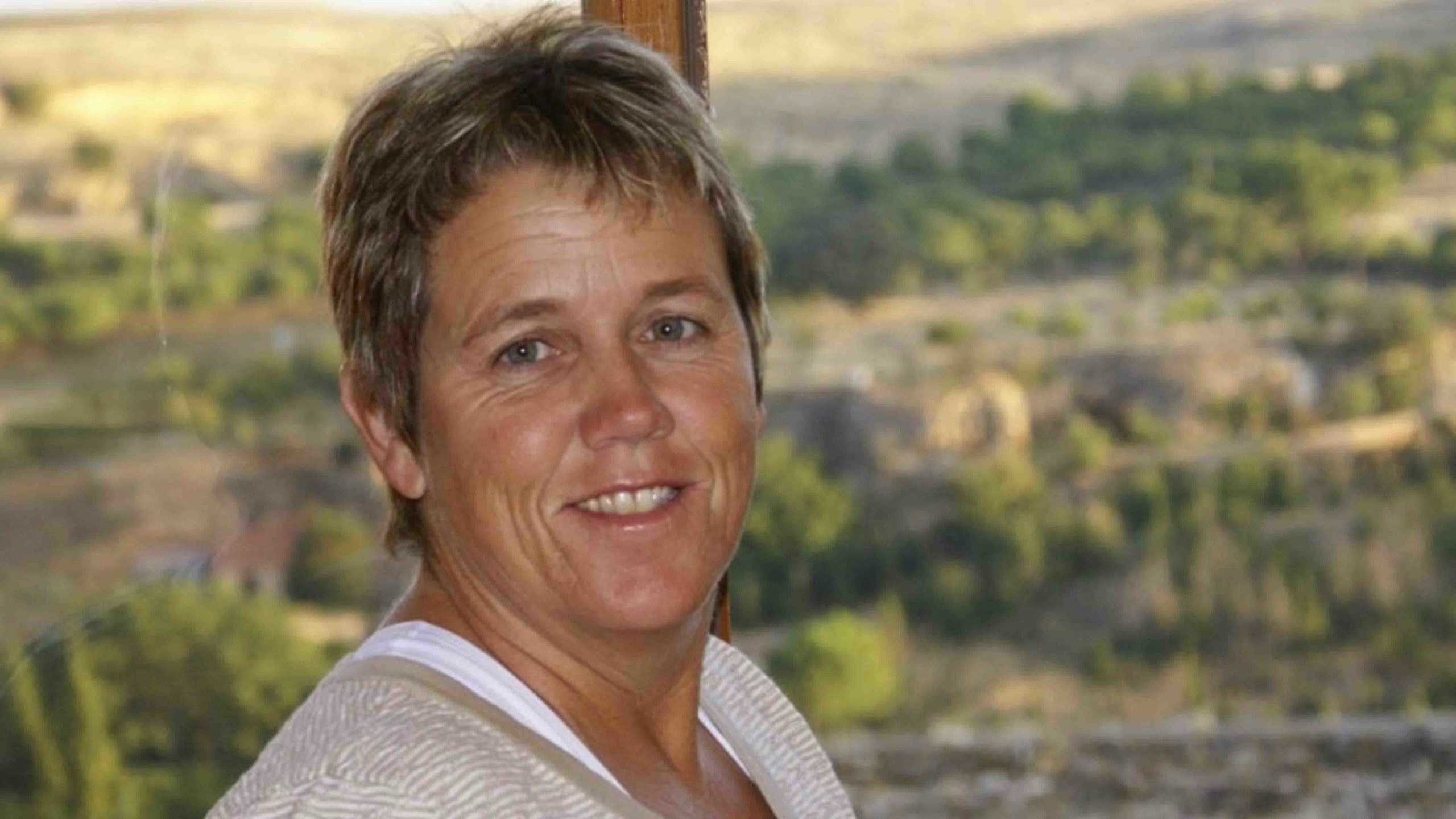Public libraries have long played an important role in my life. I remember fondly my summer walks as a child to a tiny library located near the Ohio River, riding my bicycle across town to pick up books recommended by the librarians at the Pinedale library as pre-teen, and the hours spent pursuing interlibrary loans in the Lander library as I explored a complicated topic prior to the age of online scientific journal collections, and finally, speaking at numerous local libraries after becoming a book author.
Living on a remote ranch, most of my library visits in last year have been for community events – from meetings to discuss public issues in the Pinedale library, to enjoying a look back on some segment of Sublette County’s history in the Big Piney library.
As my life has changed over the years from child and student to adult, the services I’ve sought from my local library have changed.
What has endured is that a public library has always been there to meet my needs, and in many cases, anticipated what those needs were before I did.
That’s extraordinary – yet that’s how local libraries operate throughout the country: providing opportunities for lifelong learning for every individual who accesses them. With online and remote offerings, libraries are providing services for all of us, whether or not we are able to access their physical locations.
The physical buildings of public libraries are distinctly public spaces. They don’t require residency or a membership card. You don’t need to purchase anything or be of a certain age or social class.
There are places for you to sit and read for minutes or hours, work on a computer, have a conversation in a cozy nook, or attend a public event, all free of charge. All are welcome in a public library, this bastion of public space.
Our public libraries inspire a love of reading but they do so much more. Libraries serve much as water in a desert, quenching our thirst for both knowledge and community. They provide access to information, programming, books and internet, but they also serve as community hubs, providing inviting spaces for anyone, and everyone, to engage with others, and with culture and art.
When I travel, I often visit local libraries to learn about the community I’m visiting. I was tickled to read about a couple visiting all of Wyoming’s libraries before selecting where to take up residence. They’ve got their work cut out for them since so many communities have fantastic public libraries.
As we head into a new year, give some love to your public library by paying it a visit. When you do, consider the important role of that library to the community it serves, and check out the offerings and services it provides in keeping your community functioning for all its members.
On that note, I’m planning a trip to town later this week. I’m generally not a fan of after-dark social events during the winter months, primarily because of the hazards of driving on winter roads. But this year on New Year’s Eve, Jim and I are going out, making an 80-mile roundtrip to attend a party.
What on earth could make us stay-at-homers go out on a cold winter’s night? Could it be to celebrate the promise of a new year, with the enticement of champagne and appetizers, an art show, and live music? Absolutely, but the clincher of the deal is that it’s all wrapped up in the grand re-opening of the Big Piney Library.
With the unveiling of long-needed renovations, the Big Piney Library is hosting its re-opening celebration, with suggested “Big Piney Black Tie” attire for this community event in a town with a population of less than 500.
The kid-friendly celebration is scheduled for 6-9 p.m., so we’ll long be lost in slumber before other revelers ring in the new year – probably inspired by something we just read about in a book available at a public library.
Cheers to 2023 – see ya at the library!
Cat Urbigkit is an author and rancher who lives on the range in Sublette County, Wyoming. Her column, Range Writing, appears weekly in Cowboy State Daily.





